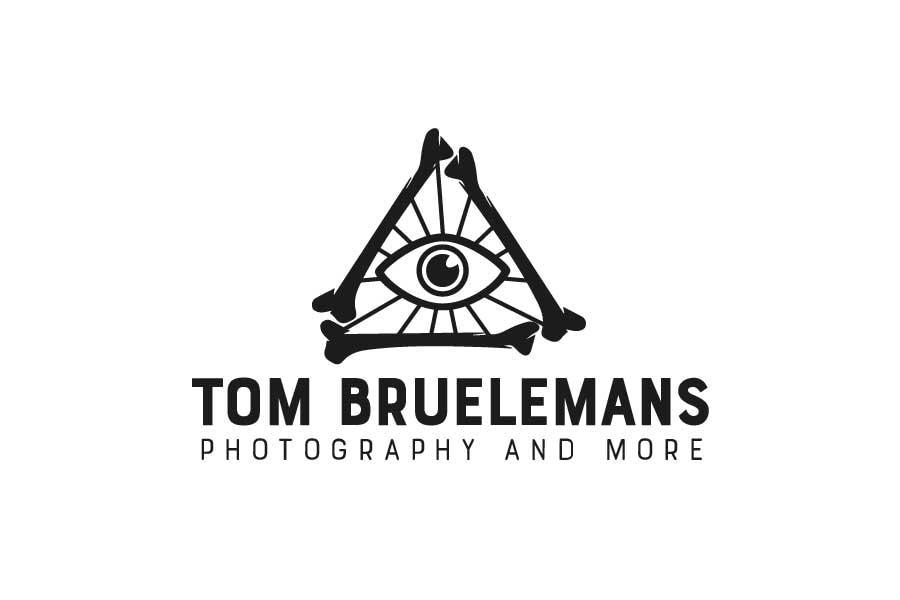|
Pozières British Cemetery and its Memorial. Nothing but the silent memories of the fallenSometimes you visit a place that grabs you by the throat and really doesn’t let go. I was on my way to Fricourt and Longueval when I spotted a sign pointing me to the Pozières British Cemetery en its Memorial. It happened to be a very cloudy day, and I was unexpectedly being faced with this deeply moving place. Thousands of dead laid before me, and I had a strange, claustrophobic experience. It felt like I was entering some old Greek temple, a dark tribute to forgotten warriors. There was nothing but graves, names and the silent memories of the fallen. At Pozières, thousands of Australians, Tasmanians and men from Torres Strait Island lost their lives. The Australian official historian and a war correspondent Charles Bean once wrote during his stay at the front: Taking the village3 weeks after the start of the Somme Offensive, Pozières was still not taken. It was a strong fortified village held by the German 117th division. A plan was made to capture Pozières in order to push forward to the village Thiepval, which was situated on the left side of Pozières and also still strongly defended by the Germans. On the 23th of that month, around noon, Australian forces attacked the village Pozières and managed to capture and hold it. During the days and weeks following the attack, the Australian defenders were constantly shelled and attacked by the Germans, who were determined to recapture their lost positions.
Source: Australian War Memorial http://www.awm.gov.au After the village itself was taken, other important strongholds were to be captured in order to make the final push to Thiepval . The highest point on the ridgeThe first strongpoint was the windmill, just outside the centre of the village. It was attacked on the 4th of August and captured the same day. Pozières, before the First World War. The windmill is on the left side in the distance, between the houses and the trees. Source: https://www.awm.gov.au
Mouquet FarmBetween Pozières and Thiepval was an other strongpoint called Mouquet farm. Many attacks were undertaken by the Australians but failed due to the strong German resistance. Near Pozières, Mouquet farm, before the war. Source: https://www.awm.gov.au Moquet farm after the war. On the left: the destroyed area after the capture. On the right: the remains of the cellars under Mouquet farm. Source: https://www.awm.gov.au The Canadian troops, who relieved their Australian comrades, captured the stronghold on the 16th of September but were repulsed by a counter-attack. At the beginning of the battle of Thiepval, on the 26th of September, the last dug outs under Mouqet farm were totally cleared. Pozières British Cemetery and the MemorialThere are 2,760 Commonwealth soldiers buried or commemorated in this cemetery, most of them died during the battles of 1916. Pozières British Cemetery. Stone of Remembrance and the cross of sacrifice at Pozières British Cemetery The grave of Private John Francis Nugent, 59th A.I.F. Killed in action on 25/3/17, aged 20
Part of the Memorial Wall at Pozières British Cemetery Sunken Road CemeterySunken Road Cemetery contains 213 soldiers, 60 of them being Australian. Across these fields at 12.30 am on 23th of July 1916 the Australian soldiers attacked the German lines at Poziéres. 'Sunken Road Trench' ran along the road leading to the cemetery. Sunken Road Cemetery at Contalmaison, near Pozières. Buried at Sunken Road Cemetery is private Frank Maynard, one of the more then 1000 Aboriginals and Torres Strait Islanders who enlisted during the war. At the time, they were not allowed to vote, marry a non-Aboriginal or non-Torres Strait Islander person, drink alcohol, own property, receive award wages or move freely around the country. Many of them who tried to enlist were rejected on the grounds of race.
After his death a small text was published in The Examiner newspaper written by his cousin, Clarence W. Brown : MAYNARD — Killed in action on September 30, 1916, Private Frank Maynard, son of Mrs. John Maynard, sen., Flinders Island. He sleeps not in his native land, But under foreign skies; Far from those who love him In a Hero's grave he lies Join us in remembering the men who fought and diedLike so many other villages, Pozierés was rebuild after the war and the village reclaimed his presence amongst the gold colored fields. Today the scars of the war have fade away with only the cemeteries and memorials as silent reminders of what happened here. Remember the soldiers who fought here while visiting Pozières and its surrounding fields. Please reply and let us know if you have any relatives who fought during this battle. Thank you for sharing our blogpost! Sources Pozières (Graham Keech) Before endeavours fade (Rose E.B.Coombs) http://www.pozieresremembered.com.au http://www.centenaryofanzac.tas.gov.au www.cwgc.org https://www.awm.gov.au
Source: https://en.wikipedia.org/wiki/Battle_of_the_Somme (map edited)
10 Comments
Helen Ellis
7/23/2017 09:29:09
501 Private Sydney Ellis, 8th Battalion, AIF took part in the attack at Pozieres on 23 July, 1916. Veteran of the Gallipoli campaign from 25 April, 1915 (wounded 2nd battle of Krithia; evacuated sick end August, 1915). Severely wounded 25 July, 1916 at Pozieres - survived. I am his daughter.
Reply
Helen Ellis
2/12/2018 11:08:53
May I remember and honour Thomas Cooke, VC, 8th Battalion, AIF. KIA 25 July, 1916 at Pozieres. He has no known grave and his name is recorded on the Villers-Brettonneux Memorial. Cobbers still.
Reply
Tom Bruelemans
7/24/2017 10:52:24
Dear Helen, Thanks for sharing this info with us. I looked up the name and found someone , who was killed on the 22nd of October 1917, with the same name and buried at Hooge crater cemetery. Could it be a relative? We will remember him Helen!
Reply
Helen Ellis
7/24/2017 12:11:33
Dear Tom,
Reply
Helen Ellis
2/12/2018 10:42:14
Dear Tom,
Reply
Tony Cable
8/27/2018 01:31:09
"At Pozières, thousands of Australians, Tasmanians and men from Torres Strait Island lost their lives."
Reply
Helen Ellis
8/27/2018 02:18:33
To Them - Thank You.
Reply
Anne McChristian Blake
1/18/2024 21:17:08
You are giving the world an enduring gift, one of piercing and inestimable value. Thank you!
Reply
Helen Dorothy Ellis
1/19/2024 00:56:50
Thank you Anne McChristian Blake. We will remember James A. Van Fleet. May I say an incidental finding by me via the Ancestry website has been the discovery of Ellis Family ancestors (of my dad, 501 Private Sydney Ellis aka Arthur Edward Ellis) who lie at rest and are honoured in war graves in your country. Thank you very much,
Reply
Leave a Reply. |
Battlefield PhotographyVisiting the former battlefields for the last 20 years, Tom was always attracted to the stories behind them and the men who fought and died there. He decided to combine his love for war history with the other things he likes, such as photography and writing. Together with his wife Sarah he founded "Battlefield Photography".
Your subscription could not be saved. Please try again.
Your subscription has been successful. Please check your email and confirm your email address so we know that you are human :) This protects us from spam!
AboutTom Bruelemans
Author Photographer History addict Left side of the bed Sarah Eelen
Editor Designer Travel Mate Right side of the bed Recent PostsLest We Forget
George Theodore Snelling William Edward Hipkiss Sydney Edmund Ellis George Phillips John Edwin Greenwood MacCulloch and Edwards Poetry
The Somme Archives
February 2018
Categories
All
Unless otherwise indicated, this website and all images within this site are the property of Tom Bruelemans Photography.
|
|
BASED IN BELGIUM
STEENWEG OP ASSE 99A | 1785 MERCHTEM CONTACT TOM BRUELEMANS GSM +32 499 800 561 [email protected] |
COPYRIGHT © 2020 TOM BRUELEMANS PHOTOGRAPHY & MORE
BTW BE0598848108 | IBAN BE71 1030 3796 5969 | BIC NICA BE BB
- You may share content from our website for personal and non-commercial use, or for non-commercial education or information purposes only. Please cite this website (www.battlefieldphotography.be) as the source and credit Tom Bruelemans.
- Commercial use and distribution of images of the website is not allowed without express and prior written consent of the author.
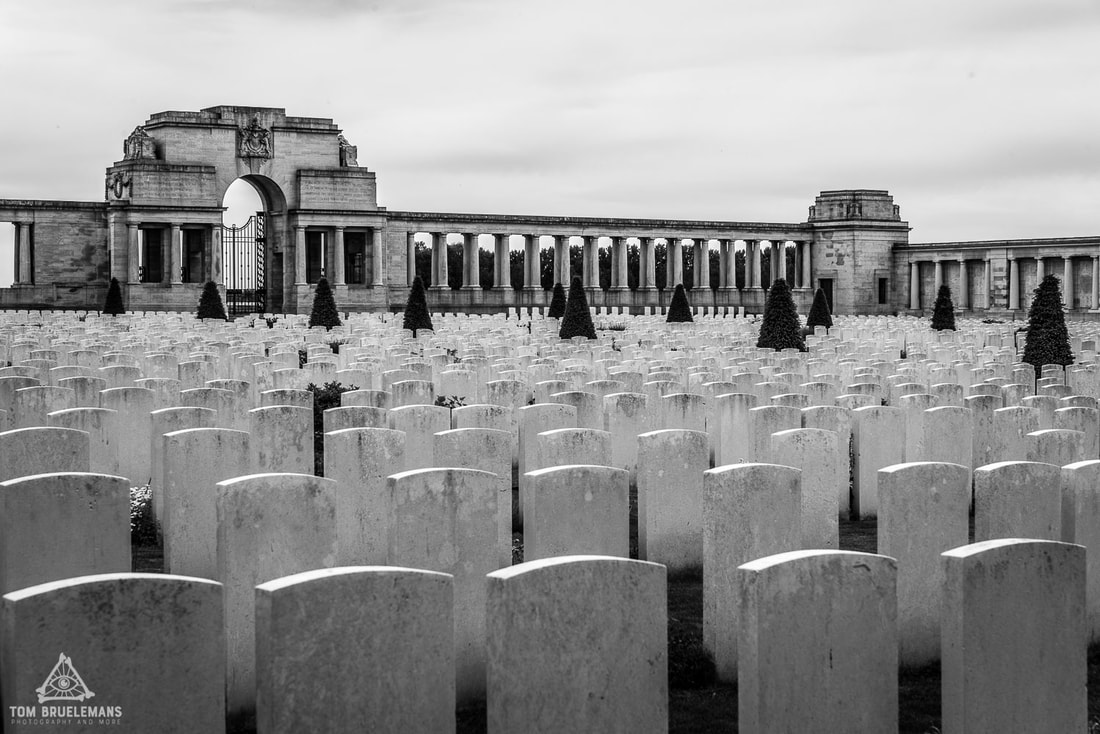
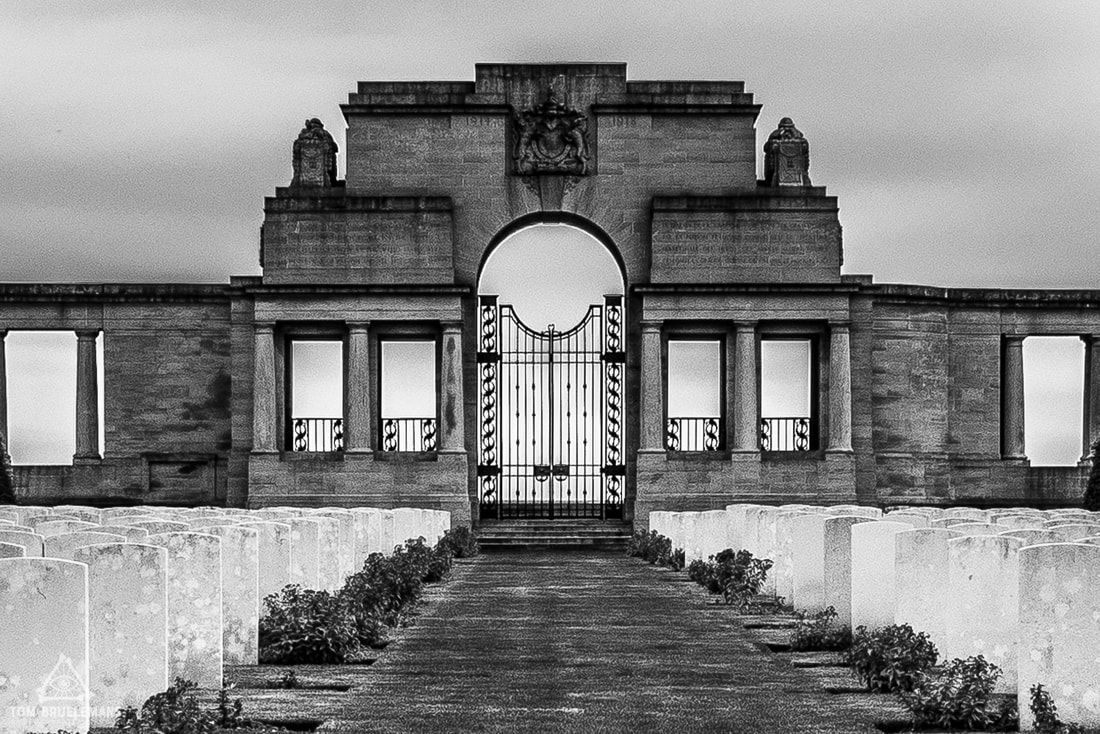
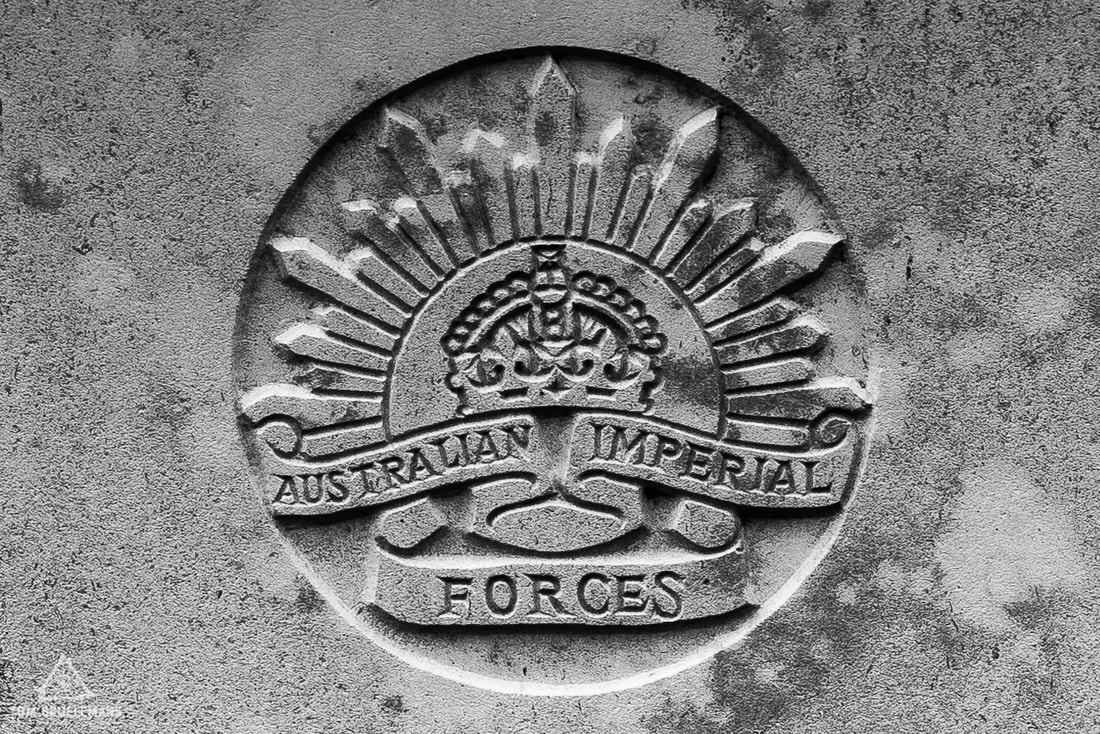
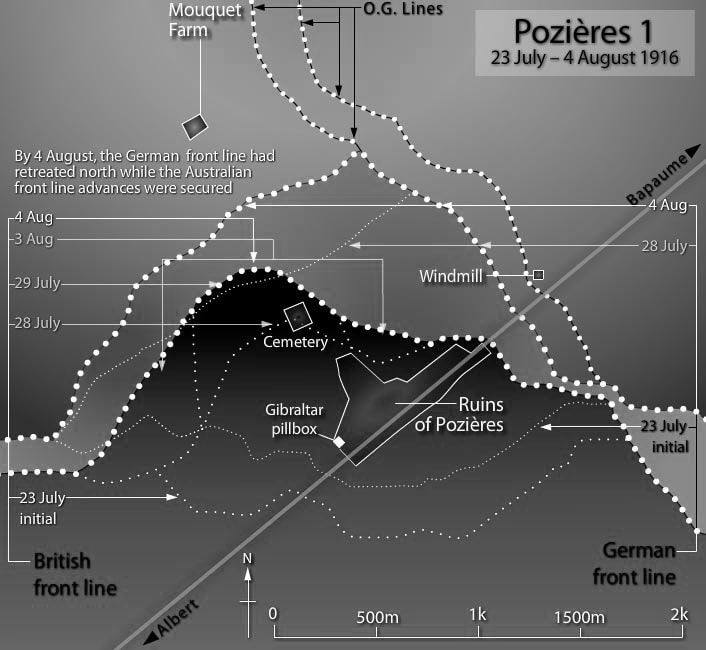
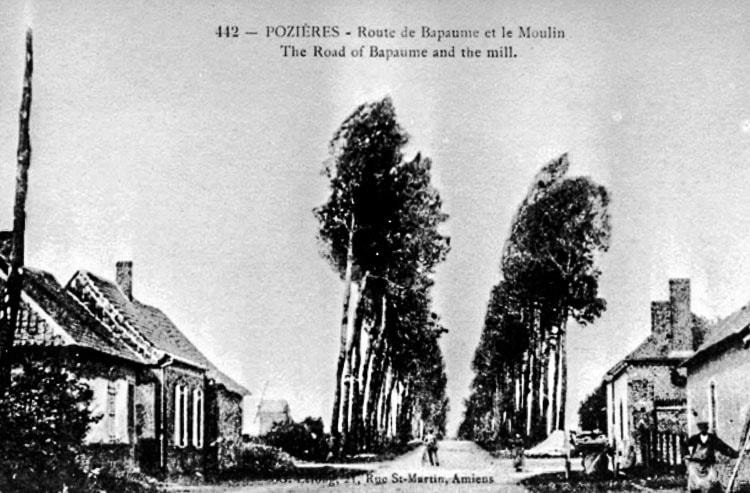
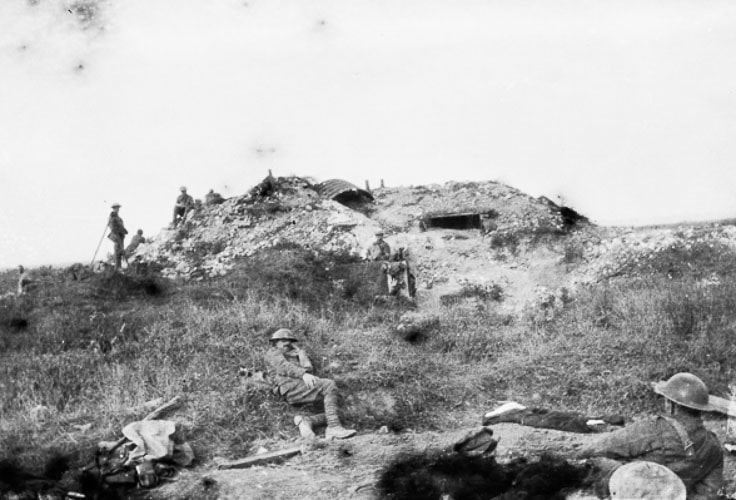
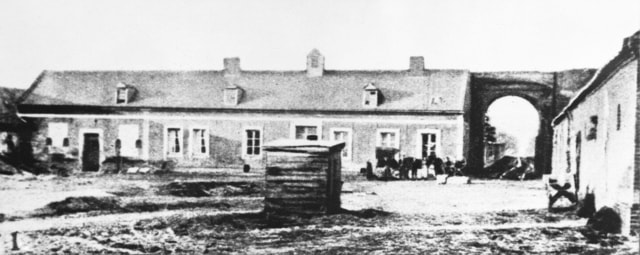
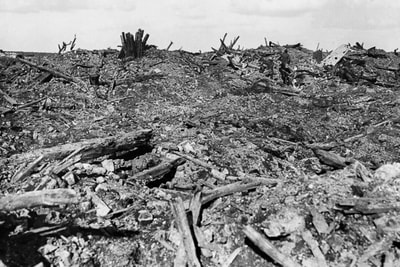
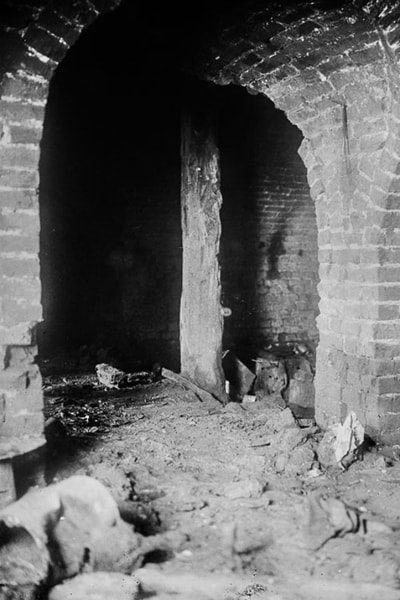
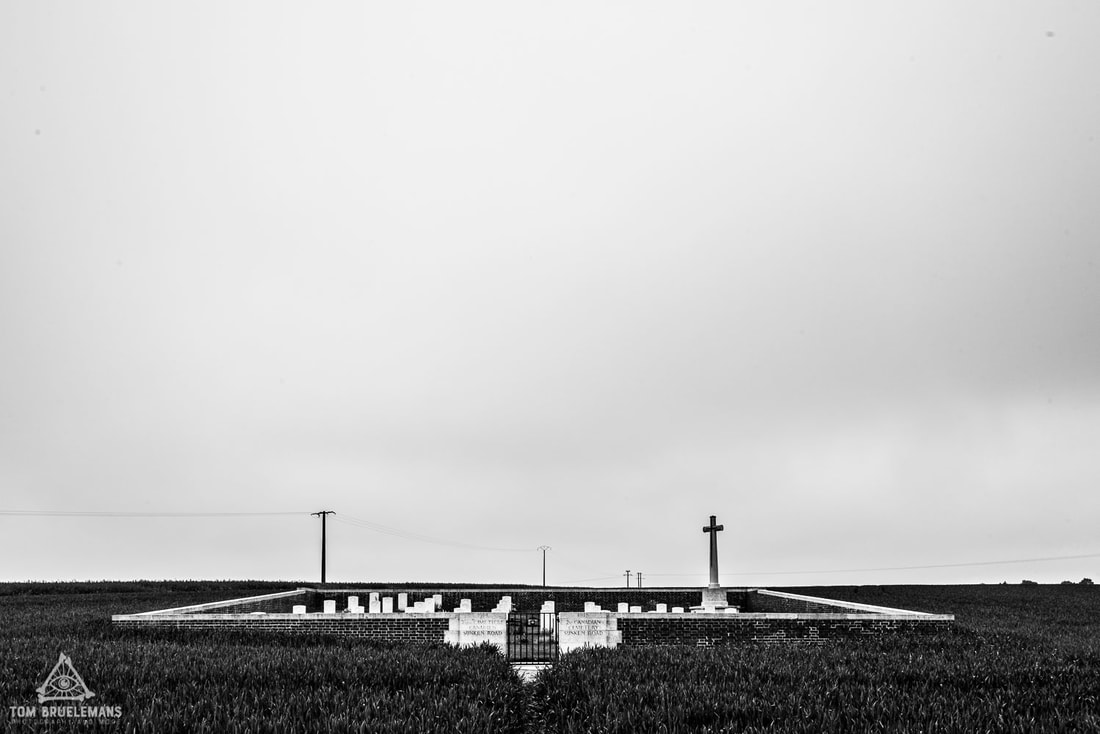
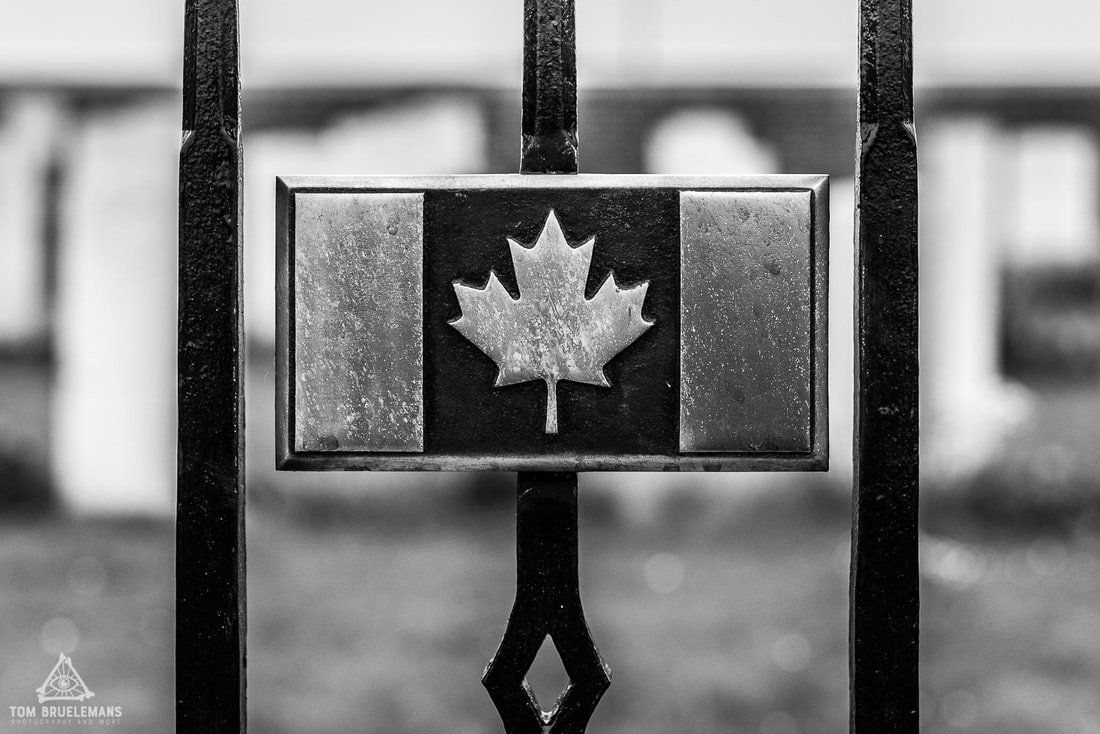
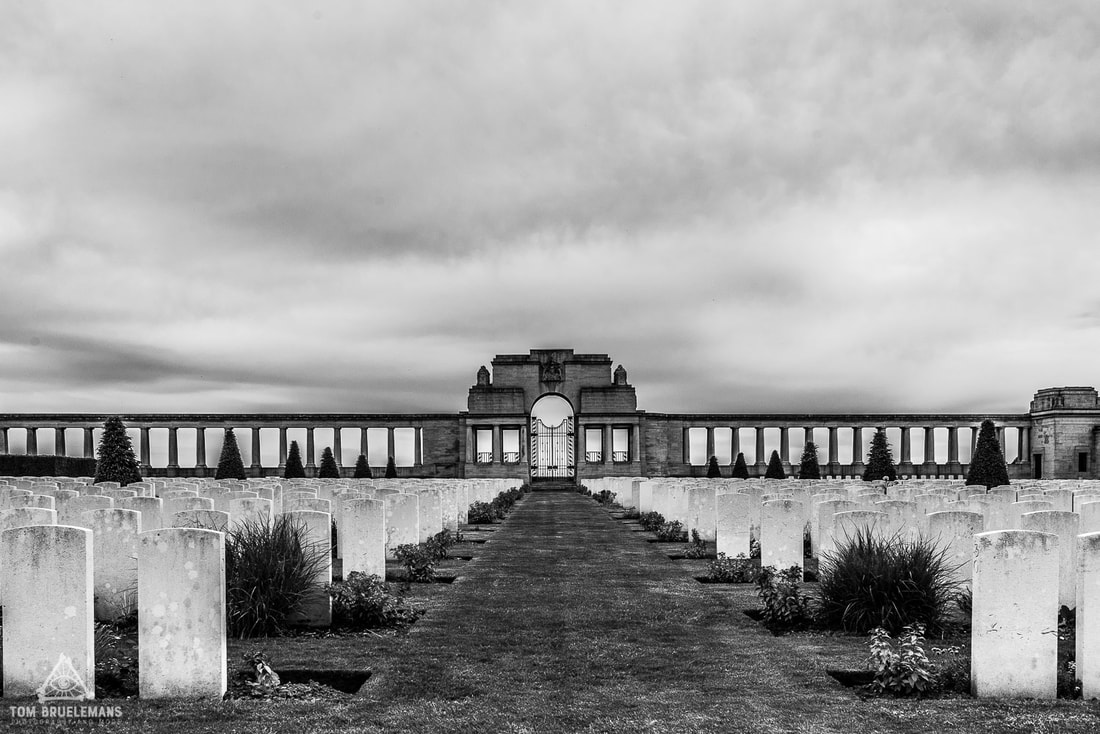
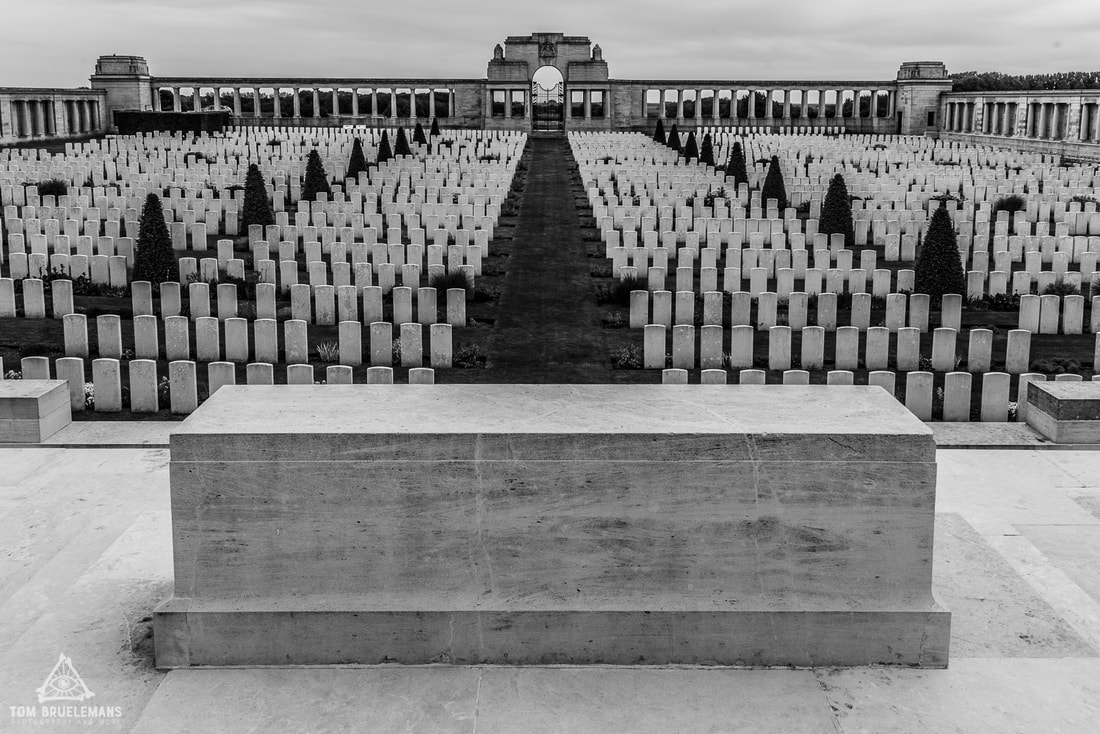
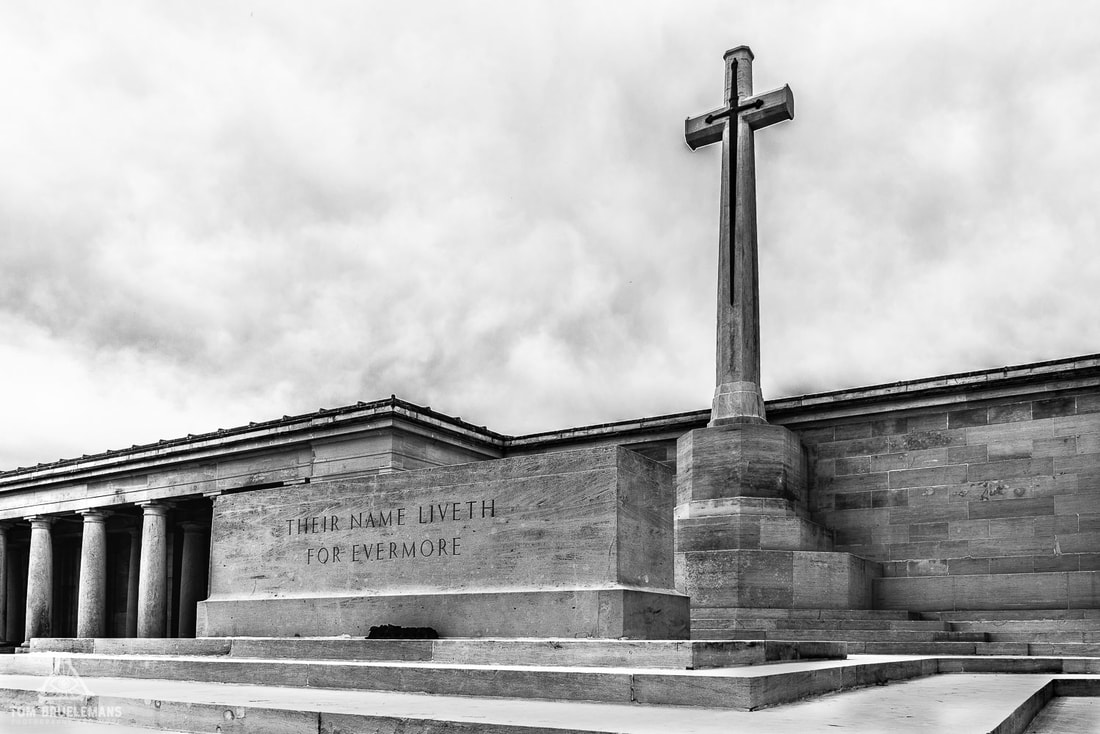
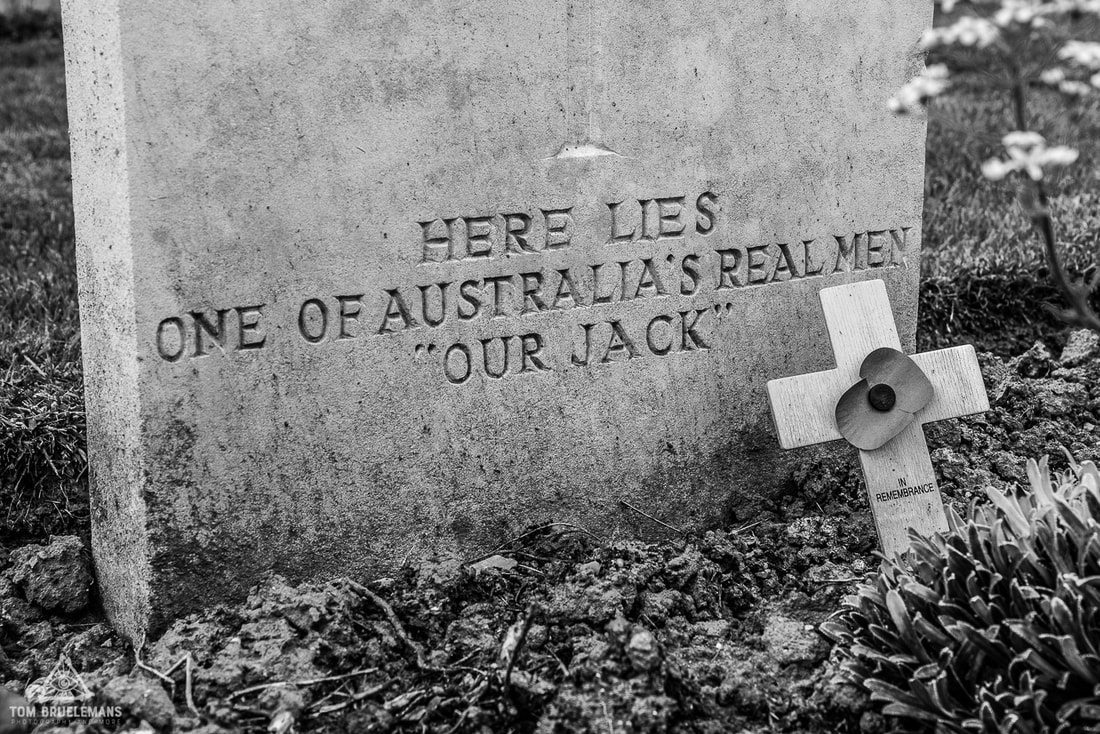
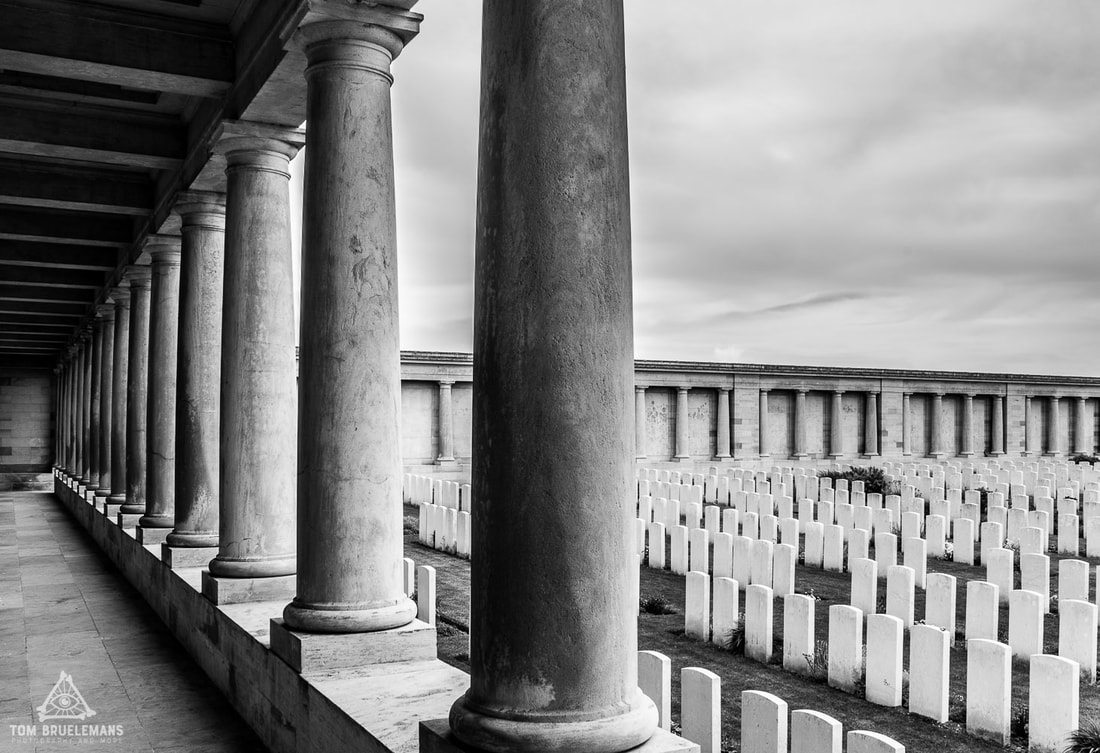
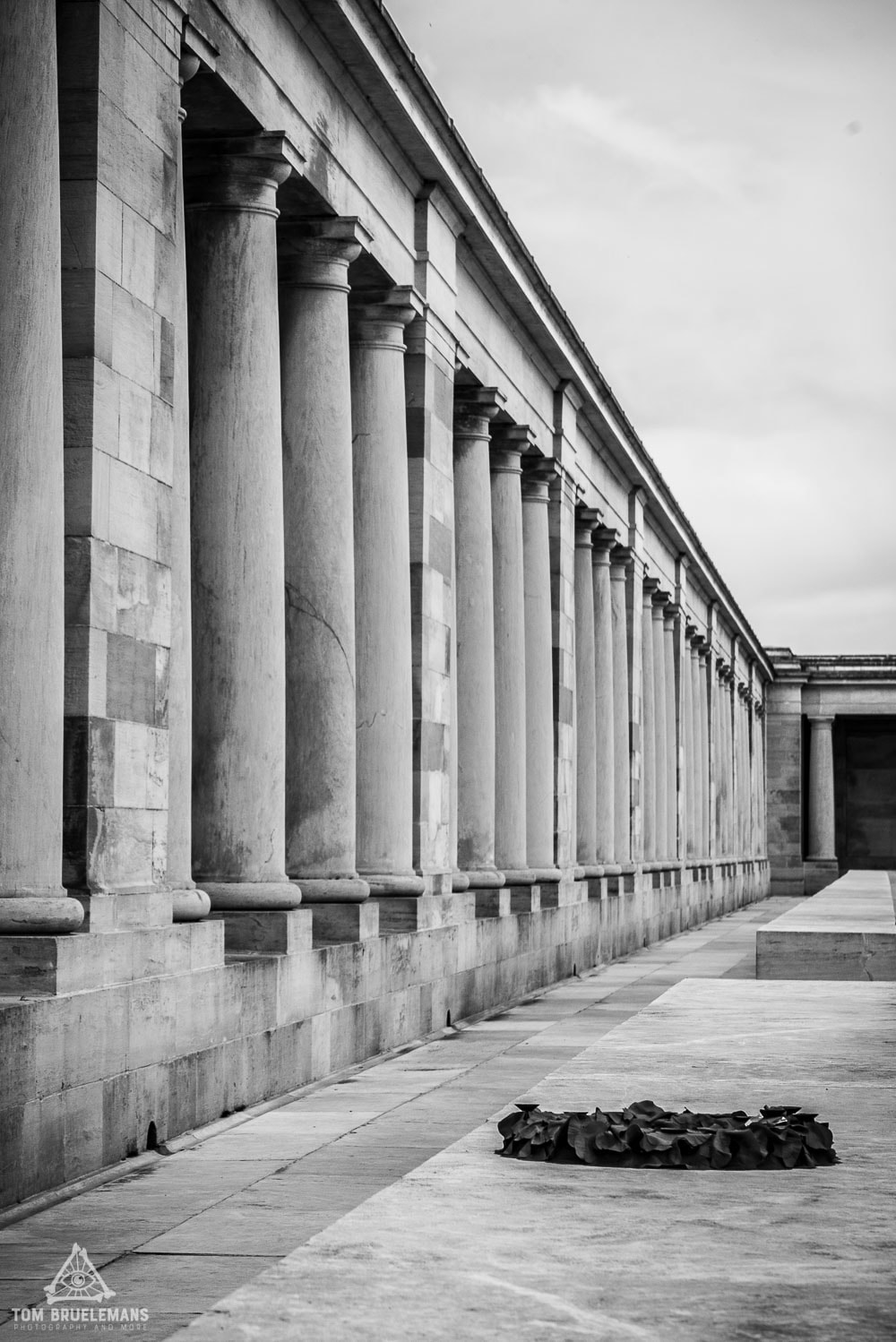
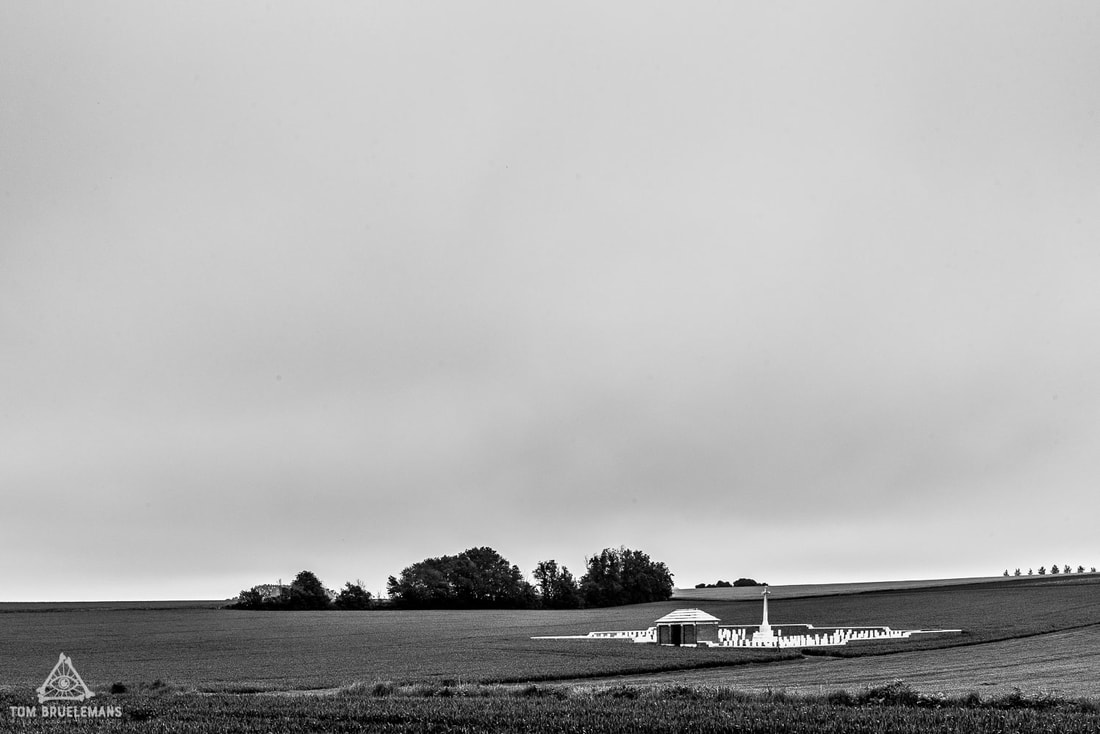
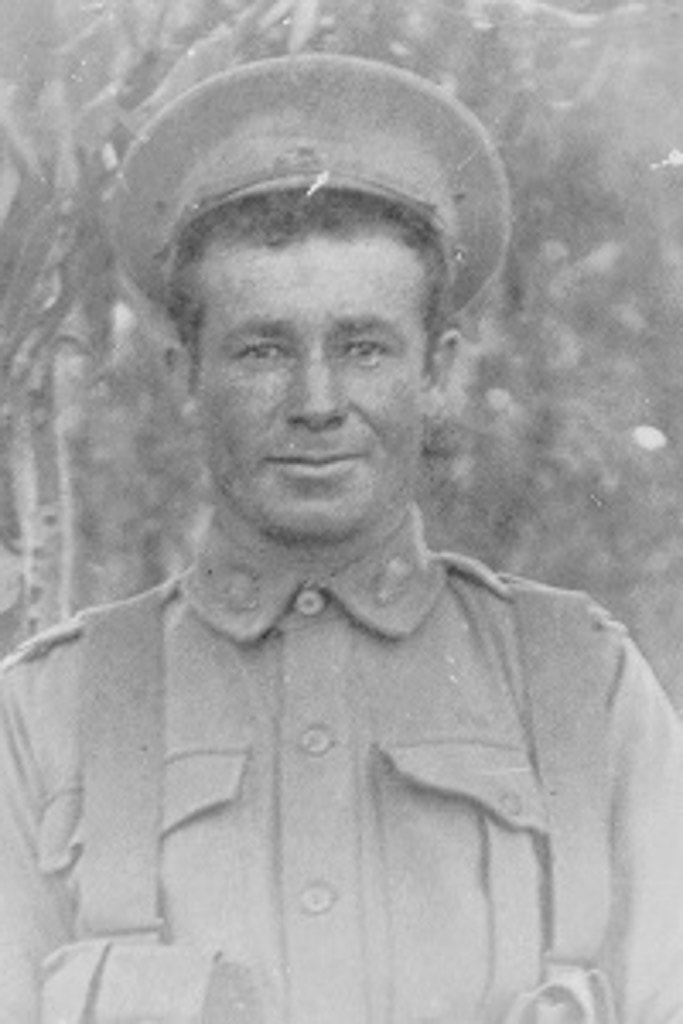
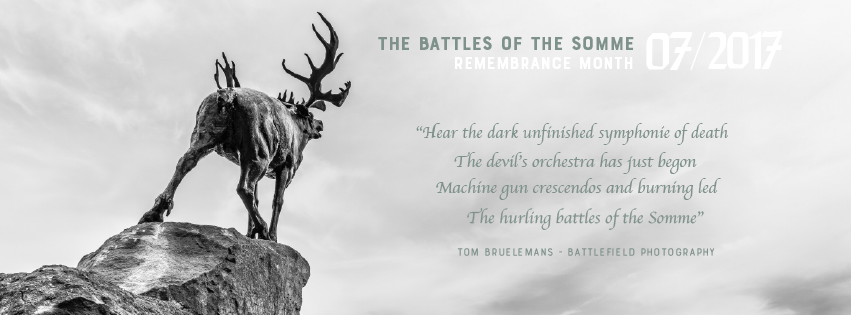

 RSS Feed
RSS Feed
